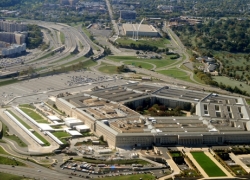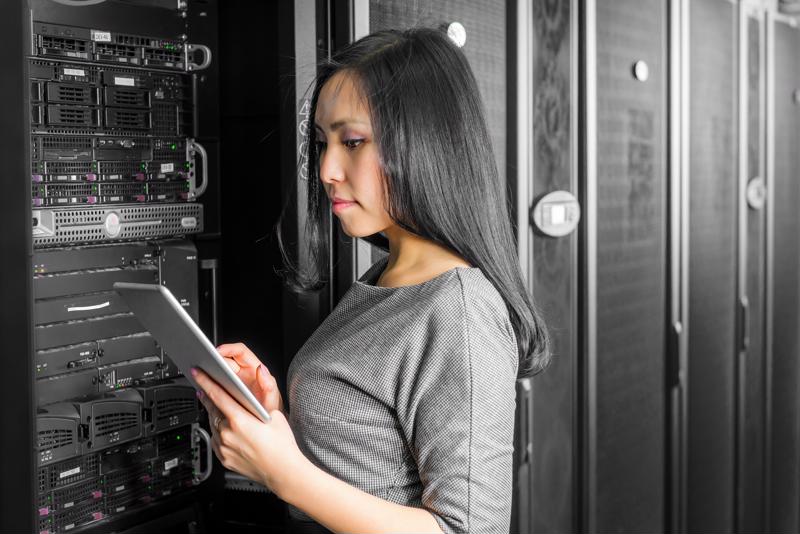Remote power monitoring will make or break DCOI compliance
Remote power monitoring will make or break DCOI compliance

In August, the U.S. Office of Management and Budget's (OMB) announced the Data Center Optimization Initiative (DCOI), which requires government agencies to operate at 1.5 power usage effectiveness (PUE) by September 30, 2018 or risk closure. To help agencies accomplish this goal, the OMB has also mandated the implementation of data center infrastructure management (DCIM) and the preparation of energy consumption reports that track and show PUE.
DCIM will act as the brain of this endeavor. Every second of every day, thousands of data points and performance metrics will be analyzed and organized into insightful visual and tabular formats that help facility operators improve energy conservation. Of course, as anyone who's taken basic biology knows, the brain can only make sense of physical sensations by receiving signals from nerve endings throughout the body. When you stub your toe, a signal is sent through your nervous system to your brain, which then fires back with an immediate response such as pain and an involuntary recoil.
For our intents and purposes, power monitoring in the data center is comparable to the nervous system. It aggregates information about electricity usage and links up with DCIM to make sense of this data so managers can respond with power saving measures. This function will be integral for federal data centers that hope to keep the lights on after September 30, 2018.
Understanding the basics of power monitoring
There are two primary forms of power monitoring used in most modern data centers:
- Local: Basic metered power distribution units (PDUs) display power usage metrics such as voltage and kilowatt output.
- Remote: Monitored or switched PDUs (which allow for remote activation) interface directly with the facility network so metrics can be accessed via your DCIM solution.
One or both of these forms of power monitoring will be necessary to ensure compliance with DCOI. In fact, the official memorandum has a provision mandating "automated energy metering tools." Choosing whether to use local or remote power monitoring typically depends on the specific needs of a data center. For instance, a smaller facility can usually get away with local monitoring since there's generally fewer PDUs and less space to cover in power audits.
"Government data centers need to switch to remote power monitoring."
However, based on DCOI's provisions, government data centers, regardless of size, need to switch to remote power monitoring sooner rather than later. The old-fashioned "sneaker reports" in which operators would actually walk around a facility in attempt to get meter electricity usage cannot provide the level of accuracy that 24/7 power monitoring linked with DCIM can – hence DCOI's requirement for advanced energy metering systems.

Don't procrastinate
Data center consolidation and other federal initiatives aimed at curbing the feds' $80 billion IT budget have been in the works since the earliest days of the Obama administration. And while recommended measures and required performance assessments have met varying levels of success thus far, DCOI doesn't leave room for any gray areas.
Federal data centers will need to reach that 1.5 PUE by September, 2018, and they'll need to have deployed advanced power monitoring and DCIM. The sooner they get started, the better off they'll be.



